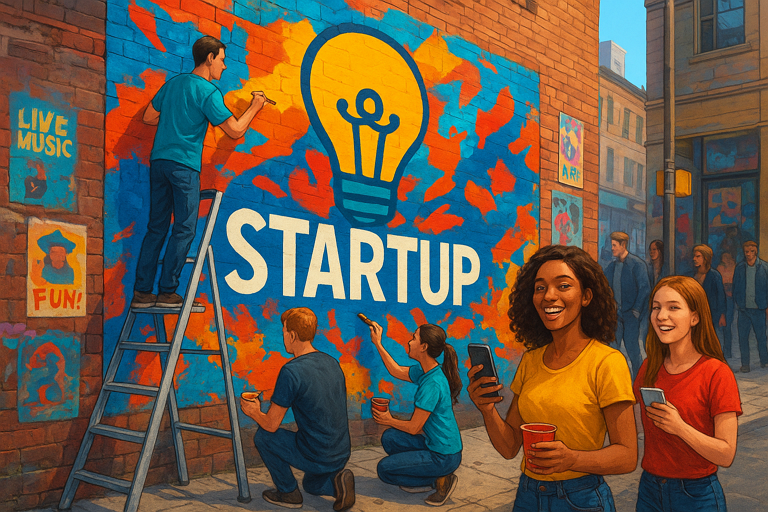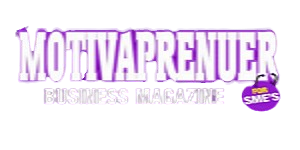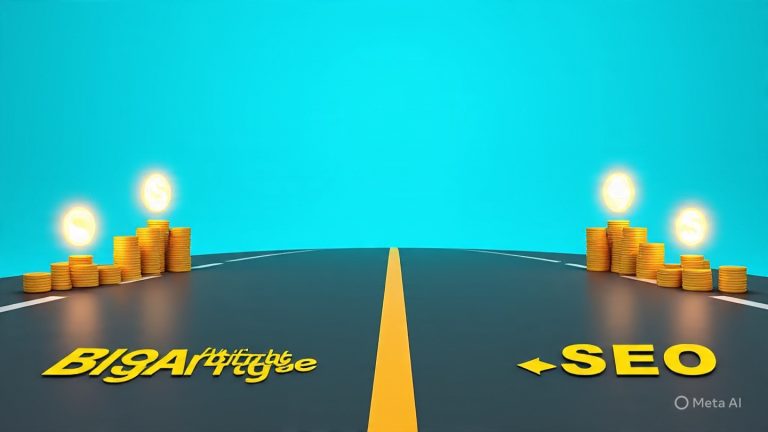
guerrilla marketing tactics for startups
Launching a business is exciting, but one of the hardest challenges for startups is marketing on a limited budget. You want people to know about your product or service, but traditional advertising methods like billboards, TV commercials, or Google Ads can be expensive. That’s where guerrilla marketing tactics for startups come in. Guerrilla marketing is a cost-effective strategy built on creativity, surprise, and impact rather than money.
This article dives deep into the 7 best guerrilla marketing tactics for startups, explains why they work, and shows you real-world case studies where these strategies brought massive results. Whether you’re running a food truck, tech app, fashion brand, or fitness studio, these ideas can help you grow your business and attract customers without draining your budget.
What is Guerrilla Marketing?
Guerrilla marketing is a marketing approach that uses unconventional, surprising, and low-cost tactics to attract attention. Instead of spending huge amounts of money, you rely on imagination, boldness, and creativity to connect with your audience.
The term was first popularized in the 1980s by Jay Conrad Levinson in his book Guerrilla Marketing. Since then, it has become a powerful tool for small businesses and startups worldwide.
The idea is simple: surprise people in their everyday environment with a creative message that makes them notice your brand. Because these tactics often spark curiosity and word-of-mouth sharing, they can generate buzz far beyond their original reach.
Why Guerrilla Marketing is Perfect for Startups
Startups thrive on creativity, and guerrilla marketing is the perfect fit for businesses with limited funds but big ideas. Here’s why it works:
- Budget-friendly: Guerrilla campaigns cost much less than traditional ads.
- Memorable: Surprising experiences stick in people’s minds longer.
- Shareable: Many guerrilla campaigns go viral on social media.
- Engaging: People love interacting with something fun, unusual, or clever.
- Builds community: Guerrilla marketing often takes place in public spaces, creating a personal connection with your audience.
Now, let’s explore the 7 best guerrilla marketing tactics for startups, backed by examples and strategies you can use.
1. Street Art and Murals
Street art has become one of the most effective guerrilla marketing tactics for startups. A striking mural or creative chalk drawing on the sidewalk can make your brand unforgettable.
Example: Airbnb’s “Wall Murals”
Before Airbnb became a global giant, they invested in creative street murals to highlight local experiences. Instead of showing hotels, they painted colorful designs of cozy homes and travel scenes in major cities. This made people curious about the platform and spread through social media shares.
How to Use It:
- Collaborate with a local artist for authenticity.
- Place the mural in a high-traffic area like a busy street, university, or shopping district.
- Add a hashtag, QR code, or simple website link to make it easy for people to find you online.
Street art works best for brands in food, lifestyle, fashion, or entertainment, but any startup can use it with a clever idea.
2. Flash Mobs and Public Stunts
Flash mobs are fun, surprising, and memorable. Imagine a group of dancers suddenly performing in a mall or a team of fitness instructors leading a spontaneous workout in a park. People stop, watch, and often record it on their phones, creating free online buzz.
Example: T-Mobile Dance Flash Mob
T-Mobile once launched a flash mob dance at Liverpool Street Station in London. Hundreds of dancers performed while commuters watched in shock and delight. The video went viral, bringing global attention to the brand.
How Startups Can Use This:
- Organize a small group performance in a public space.
- Keep it safe and respectful of local rules.
- Wear branded T-shirts or carry banners to connect the stunt with your business.
- Capture high-quality video for TikTok, Instagram, or YouTube.
For startups, even a 10-person performance in a local park can create the spark you need.
3. Creative Stickers and Decals
Stickers are small but powerful. Placed in the right spots, they act as “mini-billboards” that people notice in unexpected places.
Example: Spotify Stickers
When Spotify was still growing, they used QR-code-like stickers on walls and posters in big cities. People scanned them and were taken directly to curated playlists. This built curiosity and boosted sign-ups.
How to Use It:
- Design stickers that are bold and funny.
- Place them near cafes, bus stops, or community boards.
- Add QR codes linking to your website or free trial.
- Hand them out at events so people spread them naturally.
A food delivery startup, for example, could print stickers with slogans like “Hungry? Scan me” and place them near gyms or dorms.
4. Free Samples and Pop-Up Experiences
Everyone loves freebies. Startups can use free samples or pop-up shops to make people try their product and remember it.
Example: Innocent Drinks Sampling Campaign
Innocent Drinks, now a big beverage company, started by handing out smoothies in parks, markets, and festivals. Their fun, personal approach helped build customer trust and loyalty from day one.
How to Use It:
- If you sell food, give out bite-size samples at busy places.
- For a tech startup, set up a free demo booth in a coworking space.
- Add fun elements like games, music, or branded photo booths.
Pop-ups not only attract new customers but also create social media content when visitors post about the experience.
5. Social Media Challenges
The online world is a playground for guerrilla marketing. Social media challenges are cheap, viral, and highly engaging.
Example: ALS Ice Bucket Challenge
Although not a startup campaign, the Ice Bucket Challenge is the best example of a viral challenge. It spread worldwide, raising over $115 million for ALS research.
How Startups Can Use This:
- Create a fun challenge related to your product.
- Use a catchy hashtag that’s easy to remember.
- Encourage participants to tag friends and share videos.
- Offer a reward or recognition for the best submissions.
For instance, a fitness app could start a “7-Day Push-Up Challenge” and encourage people to share progress videos.
6. Guerrilla Projection Advertising
Projection advertising is when you display visuals or logos on buildings at night. It’s bold, eye-catching, and often cheaper than renting a billboard.
Example: Nike “Write the Future” Campaign
During the FIFA World Cup, Nike projected images of football stars onto famous buildings. The campaign generated massive buzz and millions of online views.
How Startups Can Use It:
- Project a bold, colorful logo or slogan onto a busy building wall.
- Use it during festivals, concerts, or nightlife events.
- Keep the design simple but striking.
Even small startups can rent projectors for events to create a big impression.
7. Unexpected Partnerships
Partnering with other startups or local businesses is a brilliant guerrilla marketing tactic. By combining forces, you share costs, audiences, and creative energy.
Example: Spotify and Uber Partnership
Spotify once teamed up with Uber to let riders play their own playlists during trips. This unexpected collaboration helped both companies grow brand awareness.
How Startups Can Use This:
- A coffee shop could partner with a bookstore for combined discounts.
- A fitness trainer could team up with a healthy snack brand.
- A mobile app startup could collaborate with local cafés by offering free Wi-Fi codes.
Unexpected partnerships surprise customers and build trust faster.
Case Studies of Guerrilla Marketing Success
Case Study 1: Dropbox’s Referral Program
Dropbox, now worth billions, grew massively through a simple guerrilla tactic—referrals. They offered free extra storage space to users who invited friends. This word-of-mouth campaign helped them grow from 100,000 users to 4 million in just 15 months.
Case Study 2: Dollar Shave Club’s Viral Video
Dollar Shave Club launched with a funny, low-budget video titled “Our Blades Are F***ing Great.” It went viral, getting over 12,000 orders in the first 48 hours. This single guerrilla move set them on the path to a billion-dollar acquisition.
Case Study 3: Red Bull’s Extreme Stunts
Red Bull has mastered guerrilla marketing with bold stunts. Their most famous was sponsoring Felix Baumgartner’s space jump from the stratosphere. While expensive, it proved the power of surprise, adrenaline, and media buzz.
Tips for Making Guerrilla Marketing Work
- Keep it legal – Avoid vandalism or breaking laws.
- Be original – Don’t copy; be unique.
- Know your audience – Target where your ideal customers are.
- Make it shareable – Design campaigns people want to post online.
- Track results – Measure website traffic, hashtag use, or sales boosts.
FAQs About Guerrilla Marketing Tactics for Startups
1. Do guerrilla marketing tactics really work for small startups?
Yes. Many successful startups like Dropbox and Dollar Shave Club used guerrilla methods to grow fast without spending millions.
2. Are guerrilla marketing tactics expensive?
Not at all. Most of them rely on creativity, not money. A mural, social media challenge, or sticker campaign can cost very little.
3. Can guerrilla marketing backfire?
Yes, if it’s offensive, unsafe, or illegal. Always keep campaigns positive, safe, and audience-friendly.
4. What’s the easiest guerrilla tactic to start with?
Stickers, social media challenges, or pop-up stands are the easiest and cheapest for beginners.
5. How do I measure success?
Track engagement, social shares, website visits, and sales spikes after your campaign.
Conclusion
Guerrilla marketing is the secret weapon every startup should know. It’s not about big budgets—it’s about smart ideas, bold creativity, and surprising your audience. The 7 best guerrilla marketing tactics for startups—street art, flash mobs, stickers, pop-ups, social media challenges, projections, and partnerships—are proven to work across industries.
From Dropbox’s referral success to Dollar Shave Club’s viral video, history shows that with the right guerrilla idea, startups can turn small sparks into global movements.
If you’re a founder ready to stand out, start applying one or two of these tactics today. The world is waiting to be surprised by your creativity.






